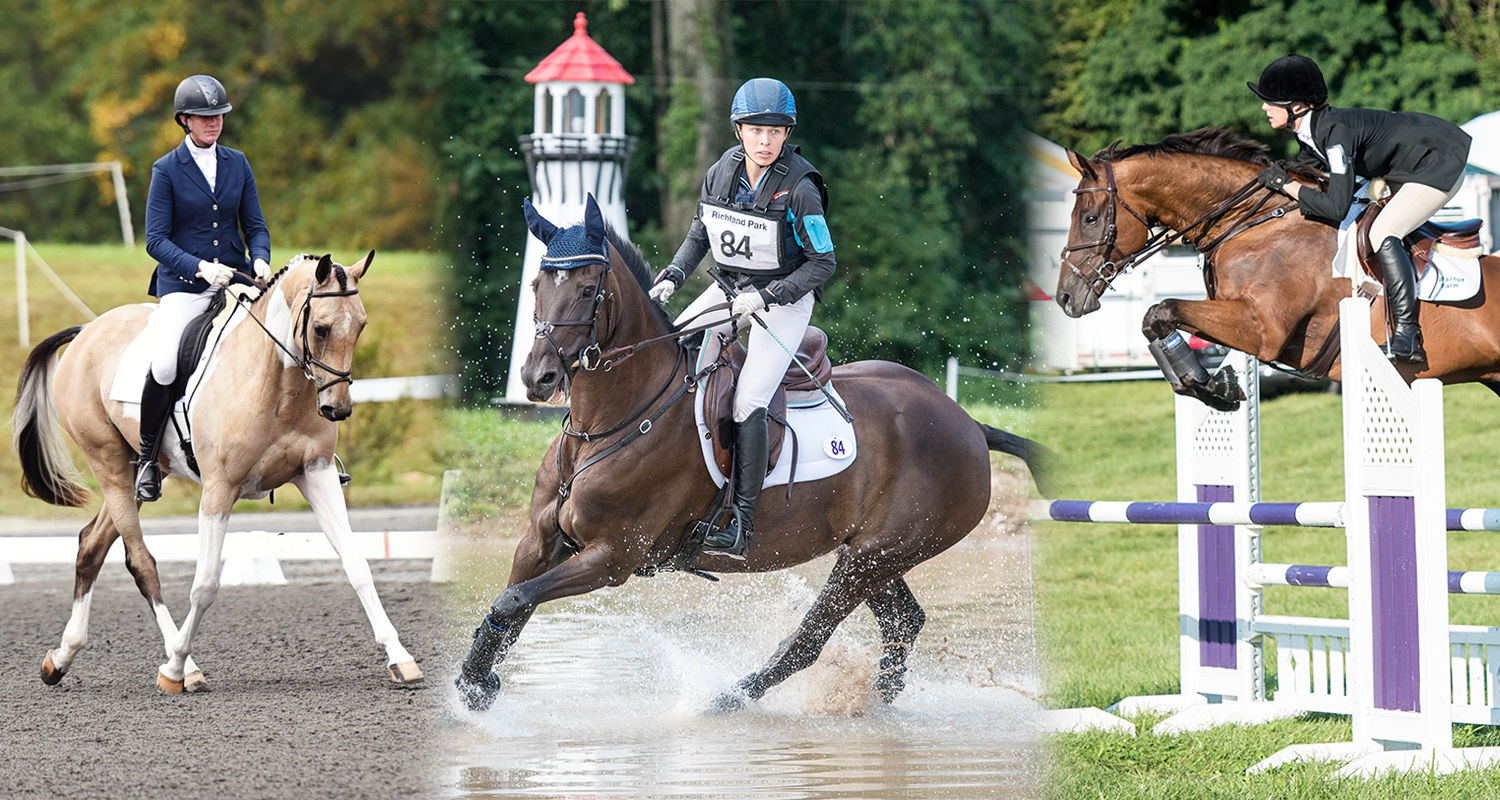Are you ready to step into the exciting world of competitive horseback riding? Whether you’re a seasoned equestrian or just starting out, this exhilarating sport is sure to capture your heart. Horseback riding requires dedication, skill, and a deep connection with your equine partner. From dressage to show jumping, each discipline offers its own unique challenges and rewards. In this article, we will explore the thrilling world of competitive horseback riding and provide you with an inside look into the training, competitions, and the incredible bond between rider and horse. So, saddle up and get ready to discover the exhilaration of equestrian sports!
What is Competitive Horseback Riding?
Competitive horseback riding is a thrilling and challenging sport that involves riders and their horses competing against each other in various disciplines. It combines the elegance and grace of horsemanship with the excitement and adrenaline of competition. This sport has a rich history and attracts riders and spectators from all around the world.
Different Disciplines
Competitive horseback riding consists of several disciplines, each with its own set of rules and requirements. Some of the most popular disciplines include show jumping, dressage, eventing, western pleasure, barrel racing, endurance riding, and vaulting. Each discipline emphasizes different skills and techniques, catering to a wide range of rider preferences and horse abilities.
Rules and Regulations
To ensure fairness and safety, competitive horseback riding has specific rules and regulations that riders must follow. These rules vary depending on the discipline and the level of competition. They cover aspects such as equipment, attire, scoring criteria, and conduct during competitions. Familiarizing oneself with these rules is essential for participating in competitive horseback riding.
Levels of Competition
Competitive horseback riding offers various levels of competition, allowing riders to progress and challenge themselves as they improve their skills. These levels include beginner, novice, intermediate, advanced, and professional. Each level has its own set of requirements and may have different age divisions. Riders can gradually move up through the levels by earning qualifying scores or points.
Getting Started in Competitive Horseback Riding
If you are interested in getting started in competitive horseback riding, there are several important steps to take. Starting off on the right foot is crucial for building a solid foundation and ensuring a positive experience in the world of equestrian competition.
Acquiring a Suitable Horse
One of the first considerations in competitive horseback riding is finding a suitable horse. The type of horse you choose depends on the discipline you wish to pursue and your own level of experience. Some disciplines, such as show jumping, require agile and athletic horses, while others, like western pleasure, may favor calm and well-trained horses. It is essential to find a horse that matches your skill level and goals.
Finding a Reputable Trainer
Working with a reputable trainer is vital for beginners and experienced riders alike. A qualified trainer can provide valuable guidance, teach proper techniques, and help you progress in your training. It is essential to do thorough research and seek recommendations when choosing a trainer. Finding someone who matches your goals, teaching style, and communication approach is crucial for a successful partnership.
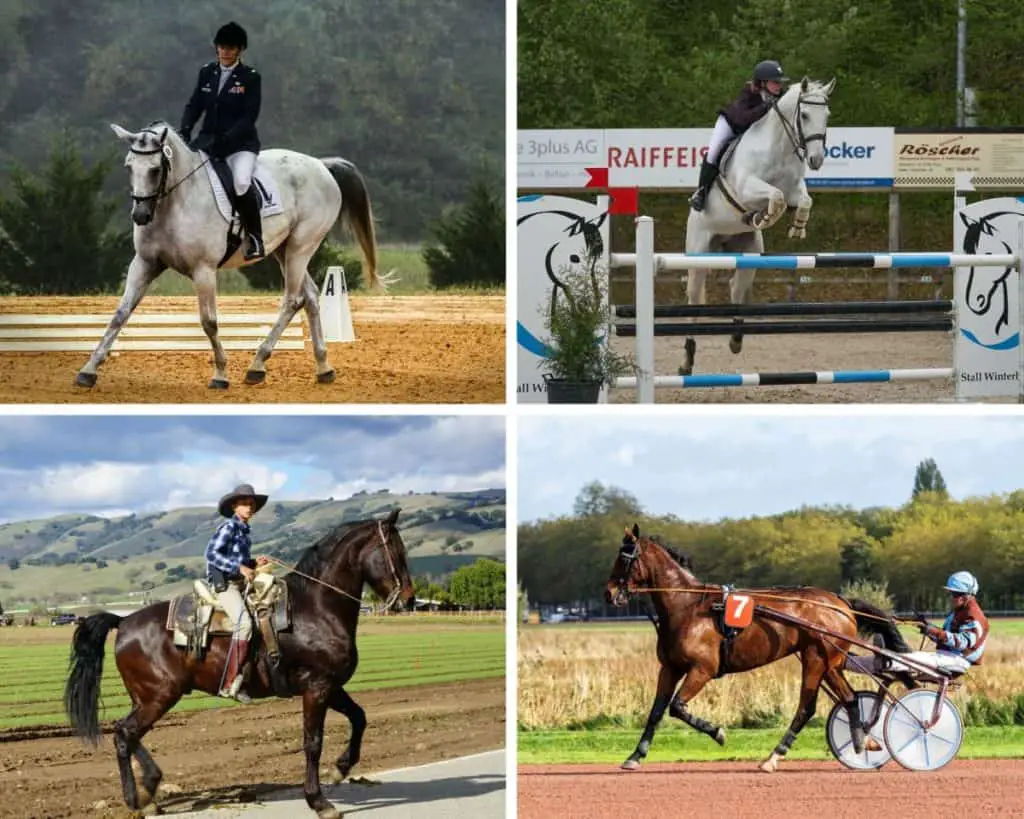
Basic Training and Skills
Before delving into competitive horseback riding, it is crucial to master fundamental riding skills and techniques. Basic training involves learning how to mount and dismount properly, maintain proper posture and balance, control the horse’s movements, and execute basic commands. Developing a strong foundation in these skills will set you up for success in more advanced training and competition.
Choosing the Right Discipline
Choosing the right discipline is a personal decision that depends on your interests, goals, and the capabilities of both you and your horse. Consider what aspects of riding you enjoy the most, whether it is the precision and elegance of dressage, the adrenaline rush of show jumping, or the fast-paced excitement of barrel racing. Research each discipline to understand its requirements and determine which one aligns with your preferences and aspirations.
Popular Disciplines in Competitive Horseback Riding
Competitive horseback riding encompasses a wide range of disciplines, each with its own unique characteristics and challenges. Here are some of the most popular disciplines that riders participate in:
Show Jumping
Show jumping is a discipline that involves navigating a series of jumps within a designated course. The horse and rider must clear the jumps cleanly and efficiently while maintaining a steady pace. Show jumping requires precision, agility, and excellent communication between horse and rider.
Dressage
Dressage is often referred to as “horse ballet” and focuses on the horse’s obedience, flexibility, and precision. The horse and rider perform a series of movements and patterns, displaying harmony and grace. Dressage emphasizes subtle aids and communication to create an effortless and elegant performance.
Eventing
Eventing combines three phases: dressage, cross-country, and show jumping. It tests the horse and rider’s versatility and athleticism. In dressage, precision and obedience are assessed, while cross-country challenges the horse’s stamina and jumping ability. Show jumping concludes the event, emphasizing accuracy and agility.
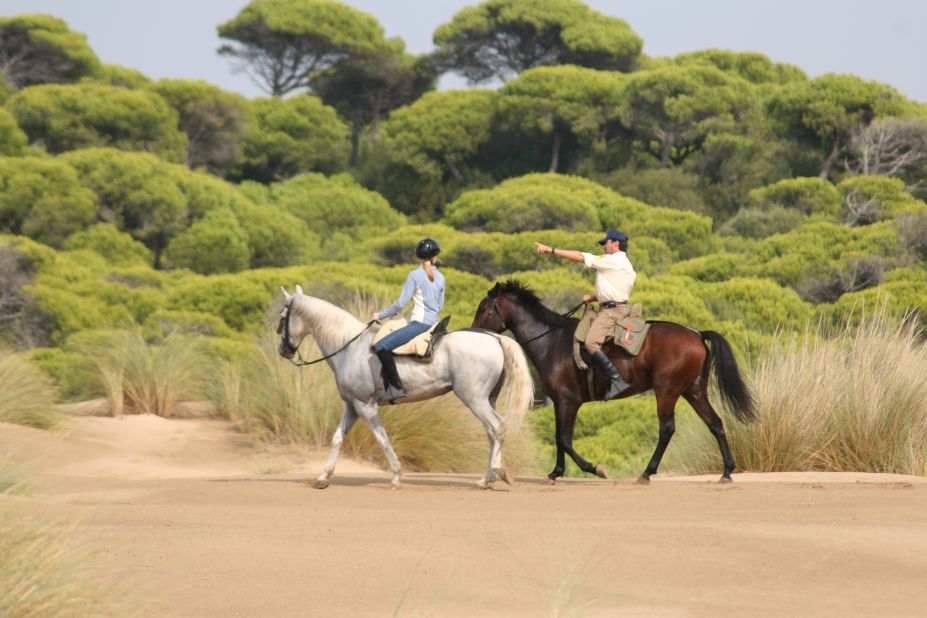
Western Pleasure
Western pleasure is a discipline that showcases the calm and easygoing nature of certain horse breeds. Horses are judged on their movement, manners, and overall demeanor while performing at various gaits. The rider must demonstrate control and skill while maintaining a relaxed and natural appearance.
Barrel Racing
Barrel racing is a timed event that requires speed, agility, and teamwork between horse and rider. The horse and rider maneuver through a specific pattern of barrels in the fastest time possible, without knocking any barrels over. Precision turns and quick acceleration are essential for success in this fast-paced discipline.
Endurance Riding
Endurance riding tests the horse and rider’s stamina and endurance over long distances. The goal is to complete a set course within a specific time frame while ensuring the horse’s welfare. Riders must carefully manage their horse’s pace and hydration to maintain optimal performance throughout the ride.
Vaulting
Vaulting combines gymnastics and dance on horseback, showcasing the horse and rider’s coordination and trust. Performers execute acrobatic moves and poses while the horse moves at a controlled canter. Vaulting requires strength, flexibility, and a strong partnership between the horse and the team of vaulters.
Training and Conditioning for Competition
Competitive horseback riding demands physical and mental preparation for both horse and rider. Training and conditioning are crucial components of achieving success and peak performance. Here are some key areas to focus on during training:
Developing Strength and Stamina
Both horse and rider need to develop strength and stamina to excel in competitive horseback riding. Riders can work on their own cardio fitness and core strength through activities such as running, Pilates, and yoga. Horses can be conditioned through regular exercise, gradually increasing their workload to build muscle and endurance.
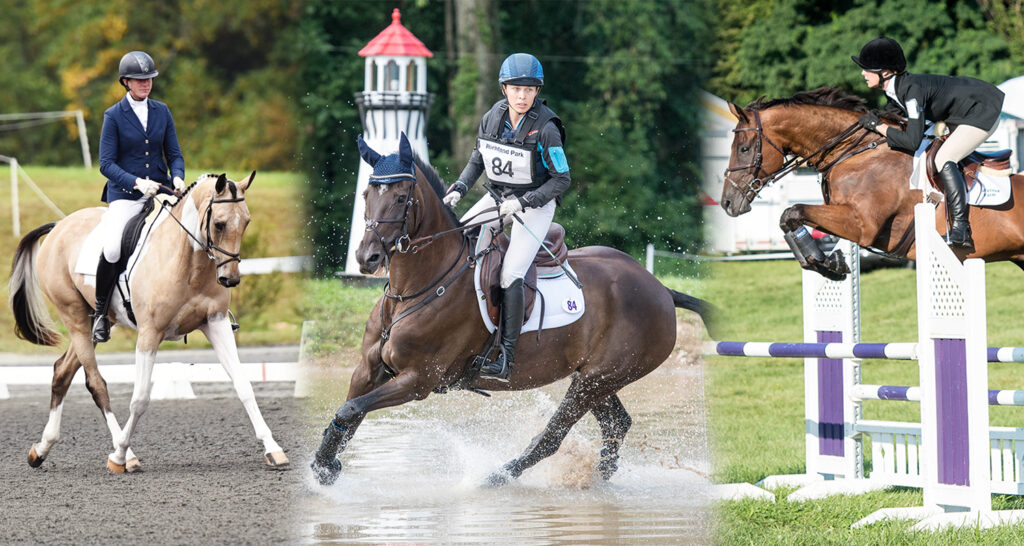
Improving Jumping Technique
For disciplines involving jumping, such as show jumping and eventing, improving jumping technique is essential. This includes practicing over jumps of varying heights and difficulty levels, focusing on proper approach, takeoff, and landing. Grid work, gymnastic exercises, and course simulations can help both horse and rider refine their skills.
Dressage Training and Skills
In disciplines that involve dressage, such as dressage itself and eventing, dressage training and skills are crucial. Riders must work on developing light and effective aids, precise movements, and establishing harmony with the horse. Regular lessons with a dressage trainer and practicing dressage tests will help improve precision and performance.
Cross-training and Exercises
Cross-training and incorporating a variety of exercises into training can benefit both horse and rider. This includes activities such as trail riding, hill work, and flatwork exercises. Cross-training helps horses develop flexibility, adaptability, and improves their overall fitness. For riders, it enhances balance, coordination, and helps prevent muscle imbalances.
Essential Gear and Equipment
Competitive horseback riding requires specific gear and equipment to ensure safety and optimal performance. Here are some essential items riders need:
Riding Apparel
Riders should wear appropriate attire that is comfortable, safe, and in accordance with the discipline and competition rules. This may include a helmet, riding boots, breeches or jodhpurs, and a riding shirt or jacket. Proper attire not only improves safety but also presents a polished and professional appearance.
Protective Gear
Safety should always be a top priority in competitive horseback riding. Riders should wear a properly fitted and certified helmet to protect against head injuries. Other protective gear may include a safety vest, riding gloves, and knee pads, depending on the discipline and individual preferences.
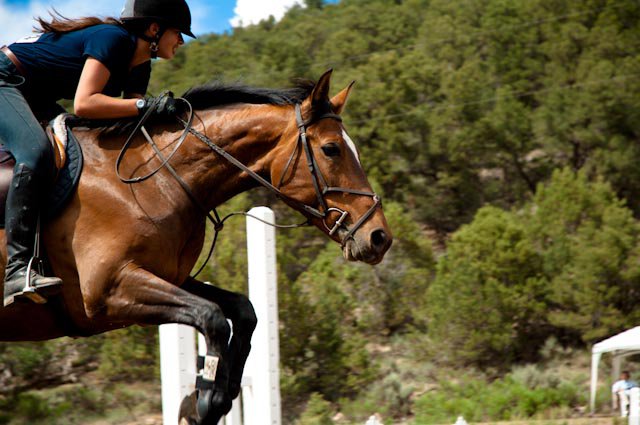
Tack and Equipment
Tack refers to the equipment used to control and communicate with the horse. This includes items such as a saddle, bridle, bit, girth, and reins. The type of tack used may vary depending on the discipline and personal preferences. It is essential to choose high-quality and well-fitted tack to ensure the horse’s comfort and efficient communication.
Preparing for Competitions
Competitions can be exciting yet nerve-wracking experiences. Proper preparation is essential for performing at your best and ensuring a positive competition experience. Here are some key aspects to consider when preparing for competitions:
Setting Goals and Planning
Setting realistic and achievable goals is crucial for guiding your training and competition experience. Identify specific areas you want to improve and determine benchmarks or milestones to measure your progress. Creating a training and competition plan helps you stay organized and ensures you are focused on your desired outcomes.
Practice Routines and Drills
Repetition and consistent practice are key to success in competitive horseback riding. Developing a routine that includes specific exercises, drills, and patterns will help you and your horse become familiar and comfortable with competition requirements. Regular practice sessions allow for refinement of skills and muscle memory development.
Mental Preparation
Competitive horseback riding requires both physical and mental strength. Mental preparation involves developing focus, confidence, and emotional resilience. Techniques such as visualization, positive self-talk, and deep breathing can help calm nerves and enhance mental clarity. Working with a sports psychologist or mental skills coach can provide additional guidance and support.
Horse Care and Health
Ensuring the horse’s well-being is essential for successful competition. This includes regular veterinary check-ups, appropriate nutrition, and diligent care. Monitoring the horse’s physical and emotional state, as well as managing their workload and recovery, are crucial aspects of maintaining a healthy and happy equine partner.
Competitive Horseback Riding Etiquette
Competitive horseback riding requires not only skill and talent but also adherence to proper etiquette. Good sportsmanship, respect for fellow riders, and consideration for others are essential for a positive and enjoyable competition experience. Here are some key aspects of competitive horseback riding etiquette:
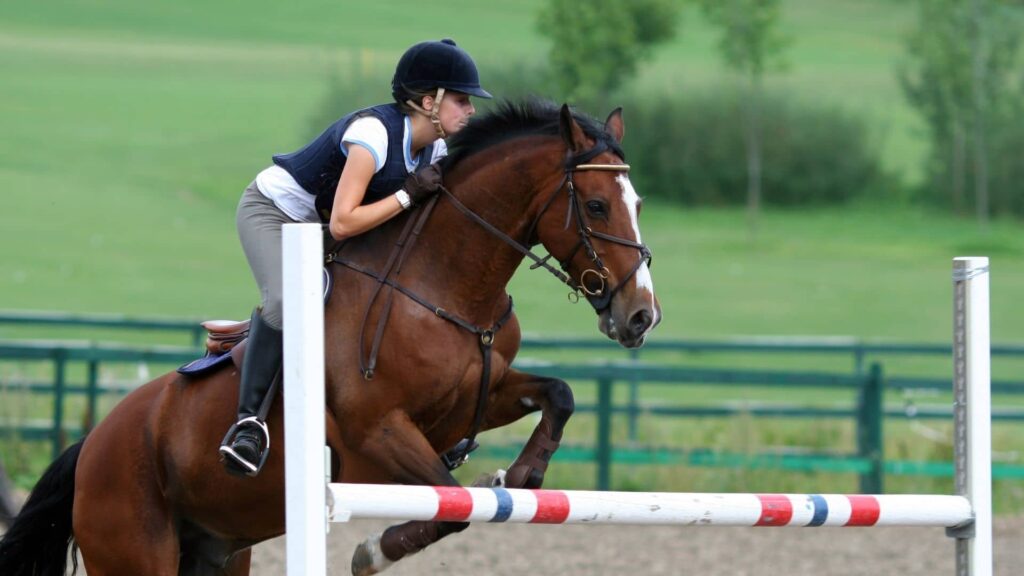
Sportsmanship and Fair Play
Competitive horseback riding encourages fair play and good sportsmanship. This includes displaying respect towards fellow riders, congratulating competitors on their achievements, and showing grace in both victory and defeat. Treating others with kindness and supporting a positive atmosphere enhances the overall experience for everyone involved.
Arena and Course Courtesy
During competitions, it is essential to be aware of and respect the space of fellow riders and their horses. Giving the right of way, maintaining proper distances, and avoiding interference during warm-ups and performances demonstrate consideration and professionalism. Listening to officials and following their instructions helps maintain order and safety.
Proper Attire and Presentation
Presenting yourself and your horse in a neat and professional manner is a sign of respect for the sport and its participants. This includes wearing appropriate attire, ensuring a clean and well-groomed appearance for both rider and horse, and maintaining overall tidiness. Properly caring for your equipment and maintaining a clean and organized tack area also reflects good sportsmanship.
Common Challenges and Overcoming Them
Competitive horseback riding, like any sport, presents its fair share of challenges. Overcoming these challenges is essential for personal growth and achieving success. Here are some common challenges riders may face and strategies for overcoming them:
Nerves and Performance Anxiety
Nerves and performance anxiety can impact a rider’s confidence and overall performance. Developing relaxation techniques, such as deep breathing and visualization, can help manage nerves. Engaging in positive self-talk and focusing on the process rather than the outcome can shift the focus from anxiety to enjoyment.
Dealing with Unexpected Situations
Horses are unpredictable animals, and unexpected situations can arise during competitions. Remaining calm and composed, trusting in your training, and maintaining good problem-solving skills are essential. Being adaptable and flexible, both mentally and physically, allows riders to handle unexpected challenges with grace.
Maintaining Consistency
Consistency in training and performance can be challenging to maintain. Establishing a regular training schedule, attending lessons or clinics, and following a structured training plan contribute to consistency. Staying motivated and disciplined, even during periods of low motivation or setbacks, ensures progress and improvement over time.
Dealing with Tension and Stress
The competitive nature of horseback riding can sometimes lead to tension and stress. Recognizing signs of stress in both yourself and your horse is crucial. Implementing stress-reducing techniques, such as regular breaks, practicing relaxation exercises, and seeking support from a trainer or coach, can help manage tension and maintain a positive mindset.
Famous Competitive Horseback Riders
Competitive horseback riding has produced many famous and influential riders throughout history. Here are some notable figures who have left a significant impact on the sport:
Historical Figures
-
William Fox-Pitt: A prominent eventing rider who has won numerous medals and titles, known for his exceptional horsemanship and competitiveness.
-
Anky van Grunsven: A dressage rider from the Netherlands who has achieved remarkable success, including multiple Olympic gold medals and World Equestrian Games titles.
-
Beezie Madden: An American show jumping rider known for her talent and consistency in the sport. She has represented the United States in numerous international competitions, including the Olympics.
Modern Icons
-
Charlotte Dujardin: A British dressage rider who has broken multiple world records and won numerous Olympic gold medals. She is known for her exceptional partnership with her horse and stunning performances.
-
McLain Ward: An American show jumping rider who has achieved great success in the sport, including multiple Olympic medals and winning prestigious competitions such as the Rolex Grand Prix.
-
Boyd Martin: An Australian-born eventing rider who represents the United States. He has competed at the highest level of eventing, including the Olympic Games, and is known for his dedication and skill.
Inspirational Success Stories
-
Peder Fredricson: A Swedish show jumping rider who overcame personal challenges and injuries to achieve success at the highest level. He won the individual silver medal at the 2016 Olympic Games and continues to be a strong competitor.
-
Laura Graves: An American dressage rider who rose to prominence with her horse Verdades. Their partnership led them to multiple international victories, including a silver medal at the 2018 World Equestrian Games.
-
Isabell Werth: A German dressage rider who has had a long and successful career, including multiple Olympic gold medals and World Equestrian Games titles. She is known for her dedication and consistently high performances.
The Benefits of Competitive Horseback Riding
Engaging in competitive horseback riding offers numerous benefits that extend beyond the thrill of competition. Here are some of the key advantages of participating in this sport:
Physical Fitness and Health
Competitive horseback riding is a physically demanding sport that requires strength, balance, and coordination. Regular riding and training sessions contribute to cardiovascular fitness, muscle development, and improved overall fitness. Additionally, caring for horses involves physical activity, such as grooming and mucking out stalls, which further enhances fitness levels.
Mental Well-being
Interacting with horses and participating in competitive horseback riding can have a positive impact on mental well-being. Spending time with horses promotes a sense of calmness and mindfulness, reducing stress and anxiety. The focus and concentration required during training and competition help improve mental clarity and can serve as a form of meditation.
Building Character and Discipline
Competitive horseback riding instills valuable character traits such as discipline, dedication, and perseverance. Working towards goals, overcoming challenges, and maintaining a strong work ethic are all essential aspects of this sport. Riders learn to manage their time effectively, set priorities, and develop a sense of responsibility towards their horses and their own personal development.
Personal Growth and Achievement
Competing in horseback riding allows individuals to set goals and experience a sense of accomplishment when those goals are achieved. The journey of training and improvement offers opportunities for personal growth and self-discovery. Overcoming obstacles, developing new skills, and achieving success in competition contribute to a sense of fulfillment and satisfaction.
Conclusion
Competitive horseback riding offers an exciting and challenging experience for riders of all levels. From the different disciplines to the training and conditioning required, there are countless opportunities for growth and achievement. By acquiring the necessary skills, finding a suitable horse, and embracing the etiquette and challenges of the sport, riders can fully immerse themselves in the world of competitive horseback riding. Whether you aspire to compete at the highest level or simply enjoy the thrill of competition, this sport offers a fulfilling and rewarding journey that combines the love of horses with the excitement of competition.
